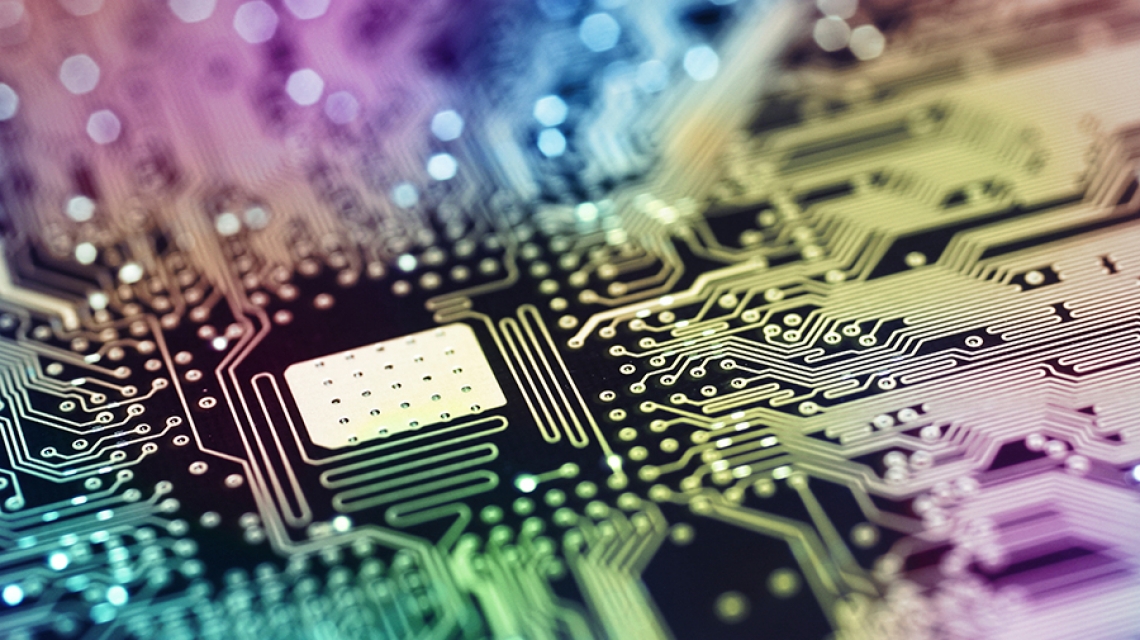In recognition of the importance of IoT in our future energy system, we have recently launched a Center of Excellence on Radio Frequency/5G Communications in collaboration with the Semiconductor Research Corporation (SRC) based in the US. The center is focused on developing transceivers equipped with integrated circuits embedded with hundreds of antennas capable of high-speed data transfer at the bandwidth frequencies being opened up for 5G networks, which are networks that will complement LPWAN technologies in pushing forward IoT. Similarly, in January 2017 we signed an agreement with Huawei (China) to undertake IoT R&D that will provide real-time prediction and warnings for a variety of health risks for city occupants, thereby improving their overall health. Applications will be built on Huawei’s IoT Platform, which orchestrates the data collected from multiple types of sensors that measure occupancy patterns, human vital signs and body temperature and environmental data. We will grow these partnerships and develop new ones like them in order to advance not just cleantech, but the energy industry more broadly. In essence, it is our ambition to build partnerships and undertake R&D that is focused on the platform technologies that are at the heart of current and future generations of industrial revolution in the UAE and globally.
Dr. Steve Griffiths is Vice President of Research and Interim Associate Provost of Masdar Institute of Science and Technology.
21 May 2017
This op-ed was first published in Issue 31 of Innovation and Tech in May 2017.

